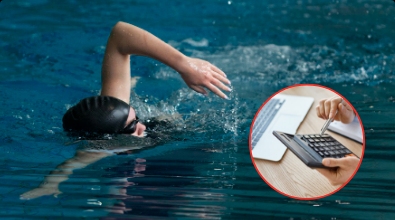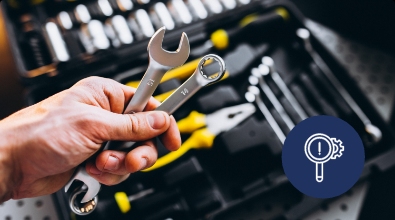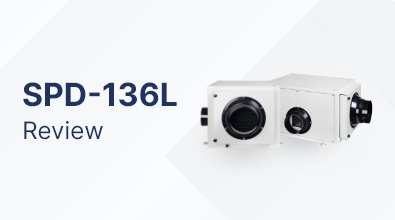Introduction.
Welcome to our comprehensive guide on selecting the best swimming pool dehumidifier. If you own a swimming pool or manage a pool facility, you probably know how excess humidity can cause various issues like mold, corrosion, and discomfort for swimmers. A high-quality dehumidifier is a solution to maintain the perfect humidity levels in your pool area. We'll take you through the step-by-step process of choosing the right dehumidifier for your swimming pool. Let's dive in!
Step 1: Site survey.
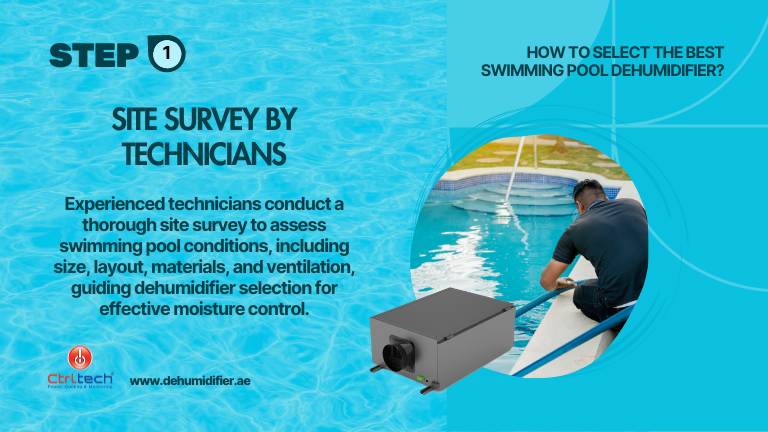
The first step in the process of selecting the best swimming pool dehumidifier is to arrange a thorough site survey conducted by experienced technicians and engineers. This site survey is essential as it allows the professionals to gather crucial information and assess the specific conditions of the swimming pool area...
During the site survey, the technicians and engineers will visit the swimming pool location to conduct a detailed inspection. Careful evaluation of various factors that can impact the dehumidification requirements, including the size and layout of the pool area, the materials used in the construction, the existing ventilation system, and the overall environmental conditions need to be taken care of.
The technicians will take precise measurements of the swimming pool area to determine its surface area, volume, and dimensions. They will also examine the layout of the space, identifying potential areas where moisture can accumulate and where the dehumidifier can be strategically placed.
This data is crucial in understanding the severity of the moisture problem and helps in selecting the appropriate dehumidifier capacity.
By conducting a comprehensive site survey, the technicians and engineers gain a thorough understanding of the unique conditions and requirements of the swimming pool area. This information serves as a foundation for selecting the most suitable dehumidification solution that can effectively address the moisture issues and create a comfortable and safe environment for swimmers.
It is worth noting that engaging experienced professionals to perform the site survey is highly recommended, as their expertise ensures accurate assessments and data collection. This step sets the stage for the subsequent stages of selecting the right dehumidifier type, specifications, and features tailored to the specific needs of the swimming pool area. Read more
Step 2: Selecting the right dehumidifier type.
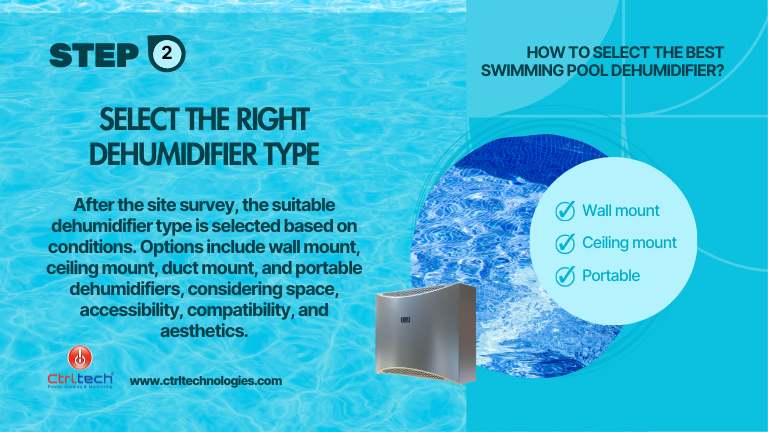
Post a comprehensive site survey, the next step in the process is selecting the right dehumidifier type for your space as per your site conditions. Depending on the conducted survey, you will be guided on the dehumidifier type that is best suited for your surroundings...
Here are the most common types of dehumidifiers that might be the ideal fit for your arena.
Wall mount dehumidifiers: Wall-mounted dehumidifiers are designed to be mounted on the wall, either at a high level or near the floor. They are space-saving options and often offer a discreet installation. Wall-mounted units are suitable for swimming pool areas with limited floor space or when the walls provide convenient access to the unit.
Ceiling mount dehumidifiers: Ceiling-mounted dehumidifiers are installed on the ceiling, typically in the form of compact and low-profile units. They are ideal for pools with limited wall space or when the unit needs to be integrated seamlessly into the ceiling structure. Ceiling-mounted units ensure efficient air circulation and can be strategically positioned for optimal coverage.
Duct mount dehumidifiers: Duct-mounted dehumidifiers are installed within the existing ductwork of the ventilation system for a centralized and distributed airflow of dehumidified air. They can also work in conjunction with air conditioning systems that leads to reduced workload on the AC systems that results in lower utility bills.Duct-mounted units are suitable when the swimming pool area shares the same ventilation system as other spaces, allowing centralized dehumidification.
Portable dehumidifiers: Portable dehumidifiers are standalone units that can be moved and placed anywhere within the swimming pool area. They offer flexibility and are typically used for smaller pools or temporary dehumidification needs. Portable units are easy to install and can be relocated as necessary.
When considering the types of dehumidifier, there are a range of external metrics that need to be considered, namely space availability, accessibility for installation and maintenance, compatibility with the existing structural infrastructure, and the demands of the interior aesthetics. Read more
Step 3: Selecting the right unit specifications.
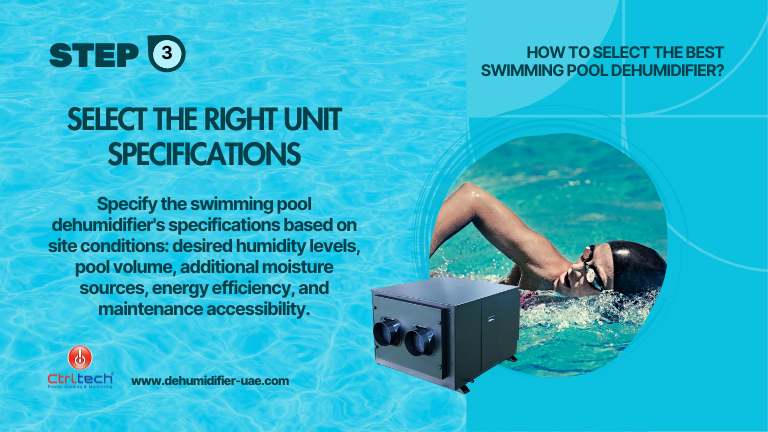
Once the type of dehumidifier unit has been determined, the next crucial step in selecting the best swimming pool dehumidifier is to specify the unit's specifications based on the unique conditions identified during the site survey...
This involves considering several factors to ensure the chosen dehumidifier is capable of effectively addressing the moisture-related challenges specific to the swimming pool area.
One key factor to assess is the desired humidity levels within the pool environment. Depending on the purpose and usage of the pool area, different humidity levels may be required.
For example, indoor competition pools typically aim for lower humidity levels to maintain optimal conditions for swimmers, while recreational pools might tolerate slightly higher humidity levels. By understanding the desired humidity levels, the dehumidifier can be selected with appropriate control settings to achieve and maintain those levels consistently.
The volume of water in the pool is another important consideration. Larger pools with higher water volumes will naturally generate more moisture. It is essential to choose a dehumidifier with adequate capacity to handle the moisture load effectively.
Manufacturers provide guidelines or formulas to calculate the appropriate capacity based on factors such as pool surface area, water temperature, and evaporation rate. Utilizing this information helps determine the dehumidifier's capacity requirements accurately.
Additionally, it is crucial to account for any additional processes or activities within the swimming pool area that might contribute to increased moisture levels. This could include nearby spas, hot tubs, saunas, or aquatic therapy areas.
Such factors must be considered when specifying the unit's specifications to ensure sufficient dehumidification capacity to handle the additional moisture generated by these processes.
Energy efficiency is another aspect to keep in mind. Look for dehumidifiers that have high energy efficiency ratings, as they can help reduce operating costs and minimize environmental impact.
Energy-efficient units often include features like variable fan speeds, programmable timers, and smart controls, allowing the dehumidifier to adapt its operation based on demand and optimize energy consumption.
Lastly, consider the maintenance requirements and accessibility of the dehumidifier unit. Ensure that the chosen unit is easy to clean, has accessible filters, and provides convenient access for routine maintenance tasks. This helps ensure the longevity and reliable performance of the dehumidifier over time. Read more
Step 4: Selecting the right dehumidifier features.
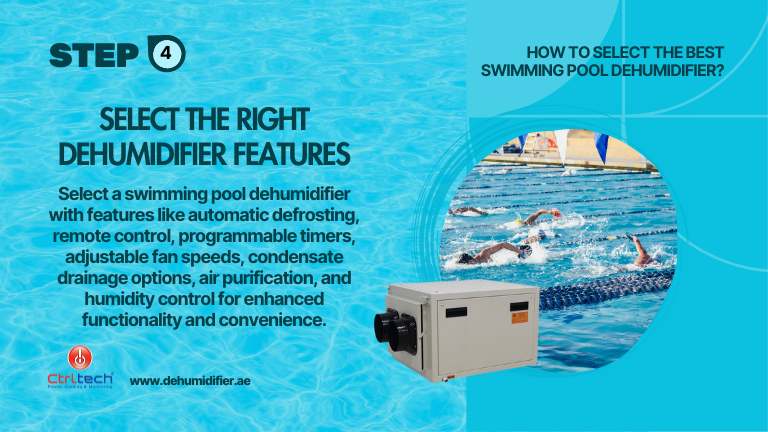
When selecting the best swimming pool dehumidifier, it is essential to assess the required features that will enhance the functionality and convenience of the unit. ..
Dehumidifiers that are specifically designed to extract moisture from swimming pool arenas are outfitted with robust features that facilitate in achieving optimal working efficiency. The unique needs of the pool should be taken into consideration for selecting units with features that are the most beneficial for such settlements.
One important feature to consider is automatic defrosting. Pools generate a significant amount of moisture, and in colder climates, ice can form on the dehumidifier's coils.
Automatic defrosting ensures that the unit operates efficiently by removing any ice buildup and preventing potential damage. This feature saves you from the hassle of manually defrosting the dehumidifier.
Remote control capability is another useful feature to look for. This is highly convenient when the dehumidifier is placed in a location which is hard to reach, and the settings can be adjusted remotely as per your preference.
Programmable timers are a valuable feature that allows you to set specific operating schedules for the dehumidifier. This helps optimize energy consumption by ensuring the unit runs only when needed.
For instance, you can program the dehumidifier to operate during periods of high pool usage and reduce its operation during off-peak times.
Adjustable fan speeds are worth considering as well. Condensate drainage options are important to address the disposal of the water collected by the dehumidifier.
Look for units that offer multiple drainage options, such as direct draining into a drain pipe or collecting the condensate in a removable container. Choose the option that aligns with the site's drainage infrastructure and maintenance preferences.
Air purification features can also be beneficial. Some dehumidification units are outfitted with an air filter at the inlet that traps any dirt particles or contaminants from the air, rendering the dehumidified air free from any impurities.
Lastly, consider dehumidifiers with humidity control settings. These units allow you to set the desired humidity level and the dehumidifier will automatically adjust its operation to maintain that level. This feature provides precise control over humidity and helps create a comfortable and consistent environment for swimmers. Read more
Step 5: Device capacity calculation.
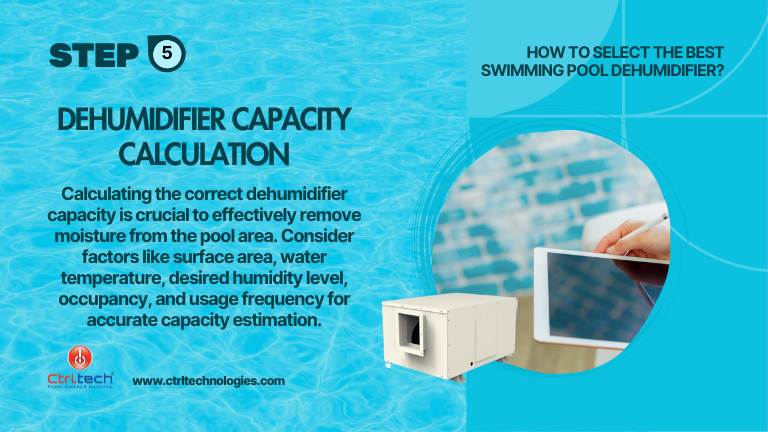
Calculating the correct capacity of a unit is extremely essential in ensuring effective humidity removal from the pool surroundings...
A small capacity unit might not efficiently remove the recurring moisture that gets generated in the pool vicinity, and an oversized unit might do this job but eventually result in higher electrical consumption and skyrocketed utility bills.
The capacity of the dehumidifier directly impacts its ability to efficiently remove moisture, preventing issues like condensation, mold growth, and discomfort for swimmers.
To calculate the dehumidifier capacity accurately, several factors need to be considered.
Firstly, we take into account the surface area of the pool. The larger the surface area, the higher the moisture evaporation rate, necessitating a higher capacity dehumidifier. Measuring the pool's surface area in square feet or square meters gives us a starting point for capacity estimation.
Secondly, the water temperature of the pool influences the rate of evaporation. Warmer water evaporates more rapidly, resulting in increased moisture levels in the air. Therefore, we consider the pool's water temperature when determining the appropriate dehumidifier capacity.
Moreover, it is essential to define the desired humidity level within the pool area. Different applications and preferences may require different humidity levels.
For instance, competitive swimming pools often target lower humidity levels to maintain optimal conditions for swimmers, while recreational pools may tolerate slightly higher levels. By understanding the specific humidity requirements, we can fine-tune the dehumidifier capacity selection.
The number of occupants and the frequency of pool usage also play a role in capacity calculation. Pools with higher occupancy and frequent usage generate more moisture, demanding a dehumidifier with a higher capacity to effectively manage the moisture load.
To ensure accurate capacity calculation, it is recommended to consult the manufacturer's guidelines or seek assistance from experienced professionals. Manufacturers often provide capacity charts or formulas that consider the various factors mentioned earlier.
By utilizing these resources, we can determine the precise dehumidifier capacity required based on the unique characteristics of the swimming pool area.
Accurate capacity estimation helps us avoid underperforming dehumidifiers that may struggle to handle the moisture load or oversized units that consume excessive energy, resulting in cost-effective and efficient dehumidification.
Read more
Step 6: Supplier selection and installation.
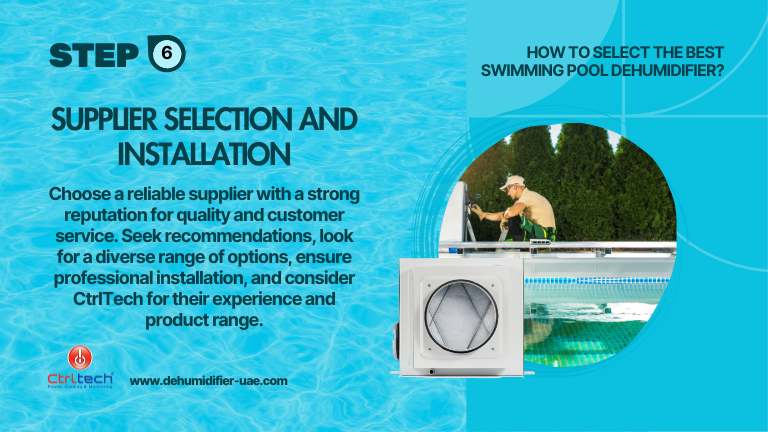
Now, let's focus on the crucial step of finding a dependable supplier for your swimming pool dehumidifier and ensuring that it is installed properly. Seek out suppliers who have a strong reputation in the industry for providing high-quality products and exceptional customer service. ..
You can ask for recommendations from friends, family, or even other pool owners who have had positive experiences with certain suppliers.
A reliable supplier should offer a diverse range of dehumidifier options, catering to different needs and budgets. Having a wide selection allows you to find the perfect dehumidifier that matches your specific requirements for your swimming pool area.
It's a good indicator that the supplier is knowledgeable and experienced in helping customers make informed decisions.
Ensure that the supplier offers professional installation services or can connect you with qualified technicians who can handle the installation process with expertise. Proper installation is crucial for the optimal performance and longevity of your dehumidifier.
A professional installer understands the specific requirements and will ensure that everything is set up correctly.
A supplier who is committed to providing excellent support will be there for you throughout your ownership experience.
By finding a reliable supplier and ensuring professional installation, you can have peace of mind knowing that you've made a wise choice.
Your swimming pool dehumidifier will be of high quality, installed correctly, and ready to create a comfortable and enjoyable swimming environment. This partnership with a reliable supplier sets the stage for a positive and satisfying experience with your dehumidifier.
Over the years, CtrlTech has surfaced to be among the most promising and prominent names in the industry for delivering quality products and services.
Backed by an industry experience of 10+ years, CtrlTech has cross country presence and delivers across the UAE including Dubai, Qatar, Kuwait, Oman, Bahrain, Saudi Arabia, and Africa.
CtrlTech is best known for its diversified spectrum of products that are expertly engineered and designed to accommodate the wide range of terrain and conditions and conquer even the most complex humidity challenges from an array of conditions and environments.
Read more







